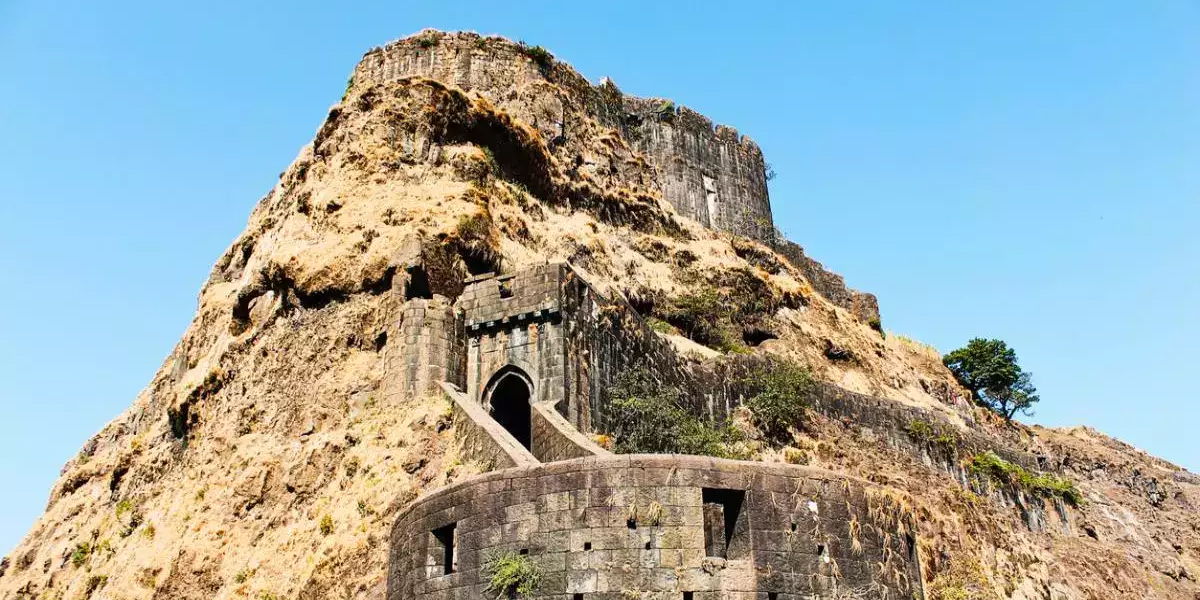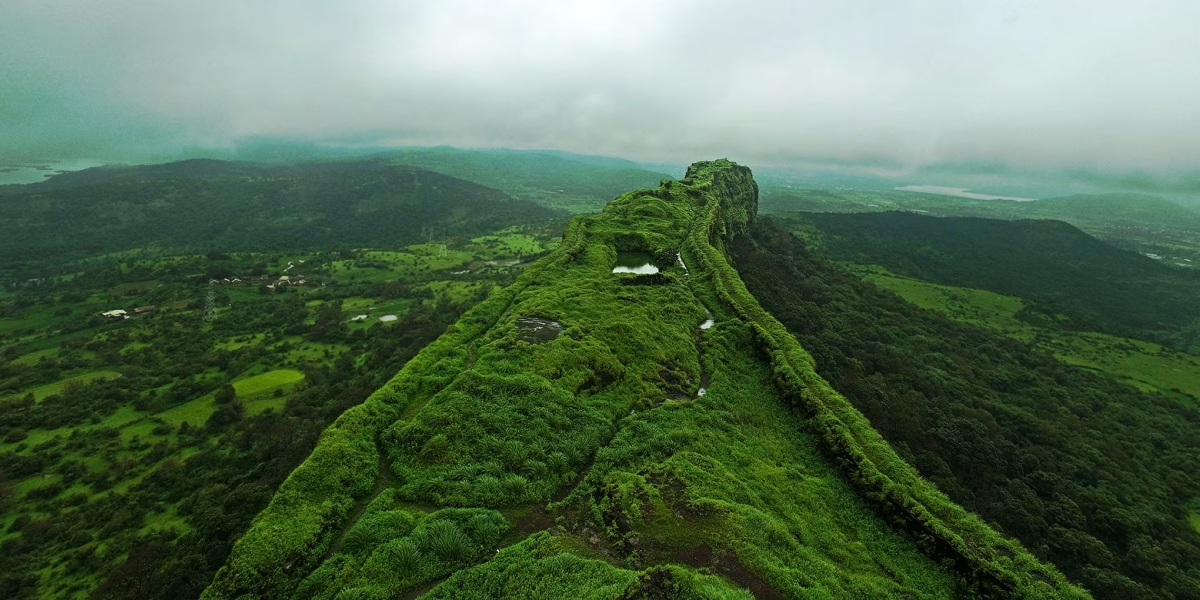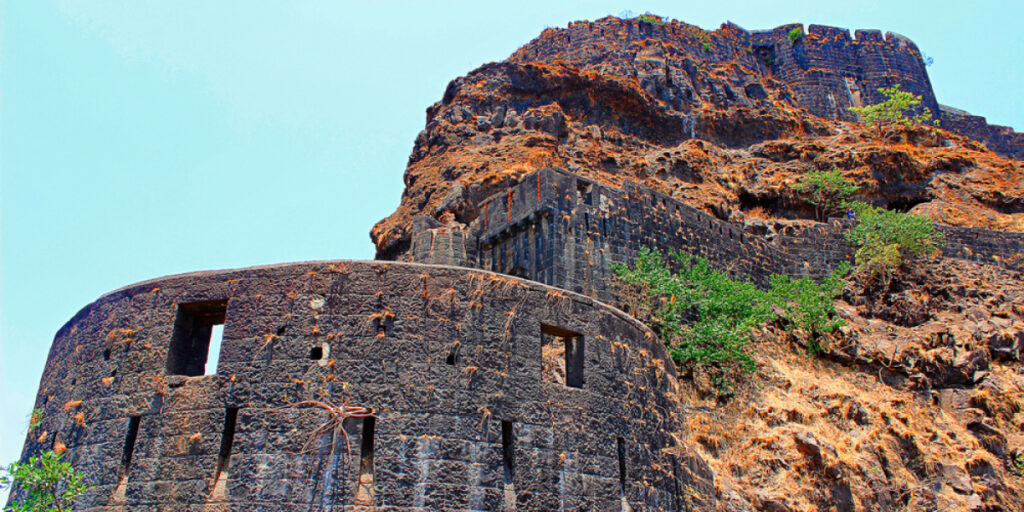Lohagad Fort is one of the most interesting places to visit in Maharashtra, India. It sits in the beautiful Sahyadri mountains near Lonavala. The fort is full of history and surrounded by nature. It’s a great spot for a weekend trip, especially during the monsoon season when everything is green and fresh. Whether you love history, nature, or adventure, Lohagad Fort has something fun for everyone.
The Complete Guide to an Adventure at Lohagad Fort
Exploring Lohagad Fort
Lohagad Fort History and Significance
Architectural Features of the Fort

The fort’s architecture showcases Maratha craftsmanship with robust structures and intricate carvings. Its most famous feature, the Vinchu Kata, is a spur shaped like a scorpion’s tail.
- Darwazas (Gates): Adorned with intricate carvings, showcasing classic Maratha architecture.
- Vinchu Kata: A long, narrow spur resembling a scorpion’s tail, known for its strategic design.
- Robust Structures: Built to withstand time and invasions, highlighting the fort’s strength.
- Intricate Carvings: Detailed stonework that adds artistic value to the fort’s architecture.
- Strategic Location: Positioned to offer panoramic views and a defensive advantage.
Visiting Lohagad Fort in Monsoon
Things to Do at Lohagad Fort
Admire Pawna Lake View
From the fort, you can get a breathtaking view of Pawna Lake. The sight of the lake amidst the lush green landscape is truly mesmerizing, especially during the monsoon season.
Hike to Vinchu Kata
Witness the Sunset
Bird Watching
Safety TIPS for Exploring the Fort in Rainy Weather
- Wear waterproof footwear with good traction to navigate slippery surfaces.
- Carry a raincoat or poncho to stay dry and avoid heavy clothing that can become cumbersome when wet.
- Watch your step on wet and moss-covered stones, as they can be particularly slippery.
- Avoid climbing steep areas or narrow pathways that could be more hazardous in the rain.
- Stay updated on weather conditions and be prepared to leave if the rain becomes too intense.
Capturing the Beauty of Lohagad Fort in Monsoon

Explore Other Forts in Lonavala
Visapur Fort
Tikona Fort
Tung Fort
Rajmachi Fort

TIPS for Planning a Trip to Lohagad Fort
Planning a trip to this fort requires a bit of preparation to ensure you have an enjoyable experience. Key pointers for planning a successful visit to Lohagad Fort:
- Check the weather forecast, especially if visiting during the monsoon.
- Wear comfortable trekking shoes.
- Pack light, carrying only essentials like water, snacks, and a first-aid kit.
- To avoid the afternoon heat, start your trek early in the morning.
- Bring a good camera to capture the beauty of the fort and its surroundings.
Lohagad Fort is not just an old building; it’s a doorway to the past, surrounded by beautiful nature. Whether you’re interested in its history, the fun of hiking, or the pretty views during the rainy season, this fort will give you an amazing experience. Don’t forget to check out the other forts nearby to make your trip even better, and take home great memories from this special place.



